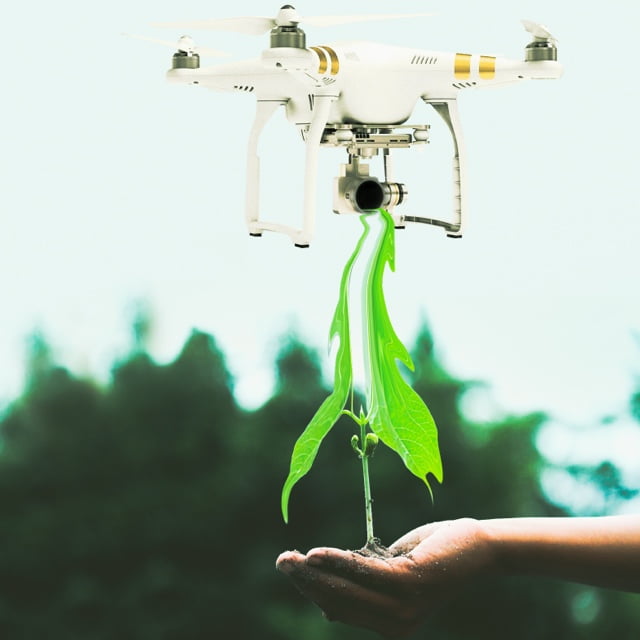Armon Hayes is a creative executive for 360 MAGAZINE + AOHOSA. 360® is a registered trademark.


Armon Hayes is a creative executive for 360 MAGAZINE + AOHOSA. 360® is a registered trademark.

Loans are something that many of us are looking for. Whether it’s because we want to buy a new car, get a mortgage, or just pay off some debt, it’s pretty important to see what you can find. The traditional way to get one used to be going to the bank – but that has […]

New Robotics: Shifting Business Models IDTechEx Research analyzes the changing trends in the robotics industry in their report New Robotics and Drones 2018-2038: Technologies, Forecasts, Players, as new and emerging firms challenge the norm. Machine makers in many established markets sell their machines directly or through dealer networks. At times, they create additional revenue streams […]

Trends That Will Impact the Finance Industry 2019 – 2020 and Beyond It is undeniable that the pace of technological advancement is the major force behind the changes happening in the global financial services industry (FSI). Financial institutions are left with no choice but to adapt their business models accordingly to remain competitive in the […]

Sustainability, innovation and quality of service were the key elements for the Pirelli Supplier Awards 2018, the annual occasion when the Company awards 9 suppliers from its global supply chain of over 10,000. The Supplier Awards reward those suppliers who shine for their ability to make the Pirelli supply chain even more sustainable and enhance […]